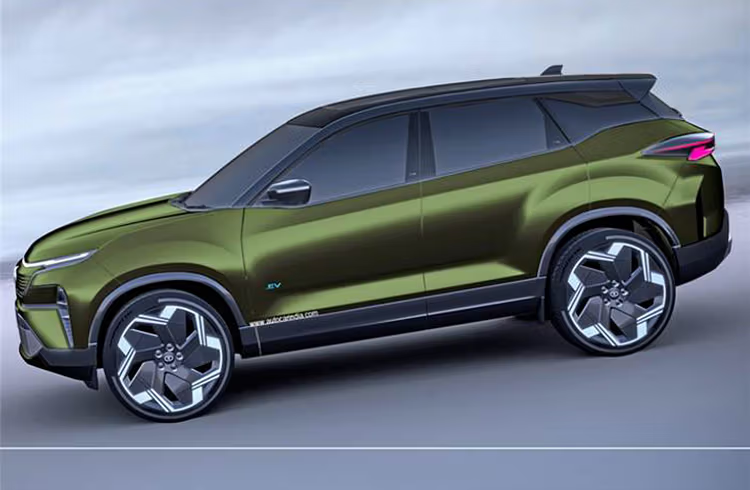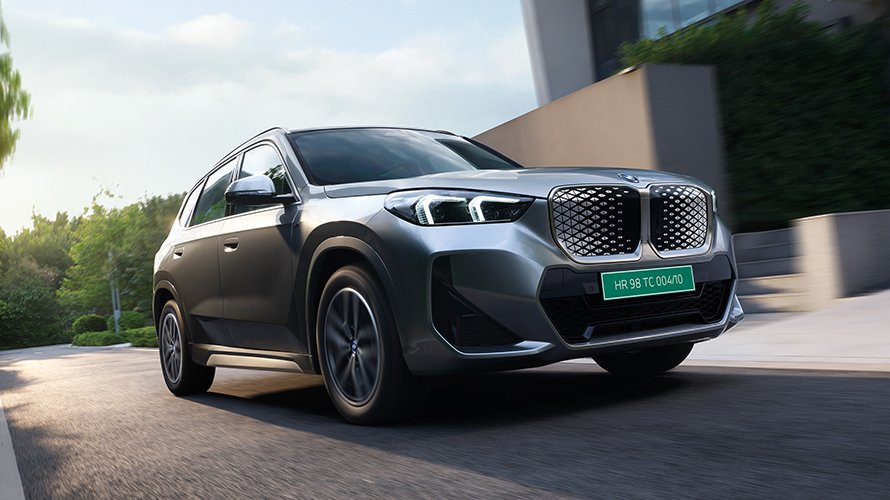Tata Motors kicked off its electric SUV offensive in June 2025 with the Harrier EV, its flagship EV offering that blends the bold styling and commanding road presence of the ICE Harrier with cutting-edge electrification. Priced between Rs 21.49 lakh and Rs 30.23 lakh (ex-showroom), the Harrier EV slots into the premium mid-size segment, competing head-on with the Mahindra XEV 9e and Hyundai Creta EV. Available in rear-wheel-drive (RWD) and all-wheel-drive (AWD) configurations, it comes with two battery options—a 65 kWh pack for up to 480 km claimed range and a larger 75 kWh unit pushing the envelope to 622 km (ARAI-certified) in the AWD variant. Packed with modern tech like a 14.5-inch QLED infotainment screen, Level 2 ADAS, ventilated seats, and a panoramic sunroof, it’s designed for discerning buyers seeking luxury without compromise.We recently got behind the wheel of the top-spec 75 kWh AWD version to put its real-world range claims to the test. Over an exhaustive 8-hour, 20-minute drive, we clocked 412 km on a single charge—impressive for everyday use, but a notable 210 km shy of Tata’s 622 km figure. This hands-on evaluation, conducted without hypermiling tactics, reveals how the Harrier EV performs in India’s diverse driving conditions. Let’s dive into the details.
Under the Hood: Powertrain and Performance Breakdown
The Harrier EV’s dual-motor AWD setup delivers a punchy 390 bhp and a staggering 504 Nm of torque, propelling the 2.3-tonne SUV from 0-100 kmph in under 7 seconds—rivaling performance ICE SUVs like the BMW X3. The 75 kWh battery supports 11 kW AC charging (full in 10.7 hours) and up to 150 kW DC fast charging (10-80% in 25 minutes), making it practical for long hauls. Regenerative braking, adjustable across three levels, recaptures energy effectively, while the ActiEV suspension ensures a plush ride over undulations.In our test, we opted for Eco mode with Level 2 regen, simulating a typical driver’s preferences. The SUV’s instant torque made overtakes effortless, even on inclines, and the cabin remained whisper-quiet, save for the optional V2L (vehicle-to-load) feature powering gadgets up to 3.3 kW.
The Range Test: Mixed Conditions, Real Results
To mirror authentic usage, our route spanned Mumbai’s congested arterials, the open NH48 highway, and twisty ghat sections near Lonavala—totaling over 412 km before the battery dipped to zero. We avoided aggressive acceleration, maintained steady speeds (40-60 kmph in city snarls, 95-100 kmph on freeways), and averaged 49.48 kmph overall. The AC hummed at a comfortable 24°C, and the infotainment—streaming Spotify and navigation—was in constant use, draining ancillary power.Efficiency clocked in at 5.5 km/kWh, yielding the 412 km figure from the 75 kWh pack. This aligns closely with other real-world tests: One owner reported 368 km in similar urban-highway mixes, while ARAI projections suggest 480-505 km under ideal conditions. The gap from the 622 km claim? Blame it on India’s heat (reducing efficiency by 10-15%), highway speeds, and accessories—common EV pitfalls. Ghat climbs sapped about 20% more energy than flats, but the AWD system’s grip shone through, preventing wheel spin on wet patches.Compared to rivals, the Harrier EV holds its own: The Mahindra XEV 9e (79 kWh) nets around 450 km in mixed tests, while the Creta EV lags at 350 km. Tata’s ziptron tech, with LFP cells for longevity (8-year warranty), adds reassurance.
Standout Features That Elevate the Drive
Beyond range, the Harrier EV impresses with a suite of segment-leading amenities. The JLR-inspired interior boasts dual-zone climate control, a 10-speaker JBL system, and wireless charging. Safety is paramount with 7 airbags, 360-degree cameras, and ADAS features like adaptive cruise and lane-keep assist—all standard from the mid trims. The Stealth Edition, at Rs 28.24-29.74 lakh, adds blacked-out accents for flair.On the road, the Harrier EV feels planted, with minimal body roll thanks to its OMEGARC chassis. However, the hefty kerb weight makes parking a tad cumbersome in tight spots, and wind noise creeps in above 110 kmph.
Verdict: A Solid EV Flagship, But Range Expectations Tempered
At Rs 24.49 lakh for the 75 kWh AWD (introductory), the Tata Harrier EV delivers premium thrills and tech that justify its price, especially with FAME-III subsidies potentially shaving Rs 1-2 lakh. Our 412 km haul proves it’s highway-capable for inter-city jaunts, covering Mumbai-Pune twice over without a recharge. Yet, the 33% shortfall from claims highlights the need for conservative planning—aim for 450-500 km max in varied conditions.For families and execs eyeing an electrified upgrade, the Harrier EV is a compelling choice, blending Tata’s rugged ethos with EV sophistication. As charging infra expands, it’ll only get better. If range anxiety lingers, the 65 kWh RWD (Rs 21.49 lakh) offers a more affordable entry at 480 km claimed. Drive one soon—Tata’s EV era is here, and it’s electrifying.



